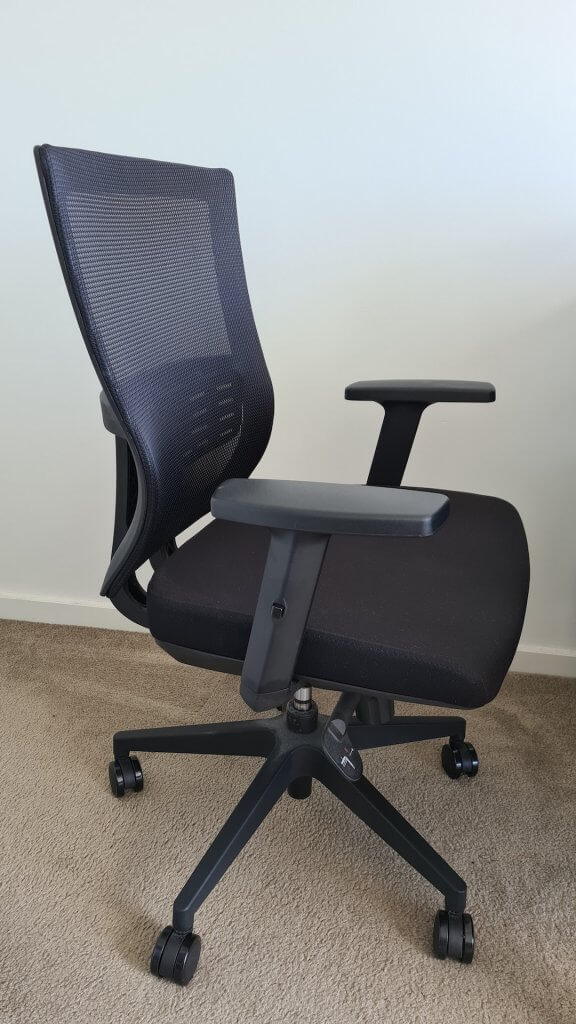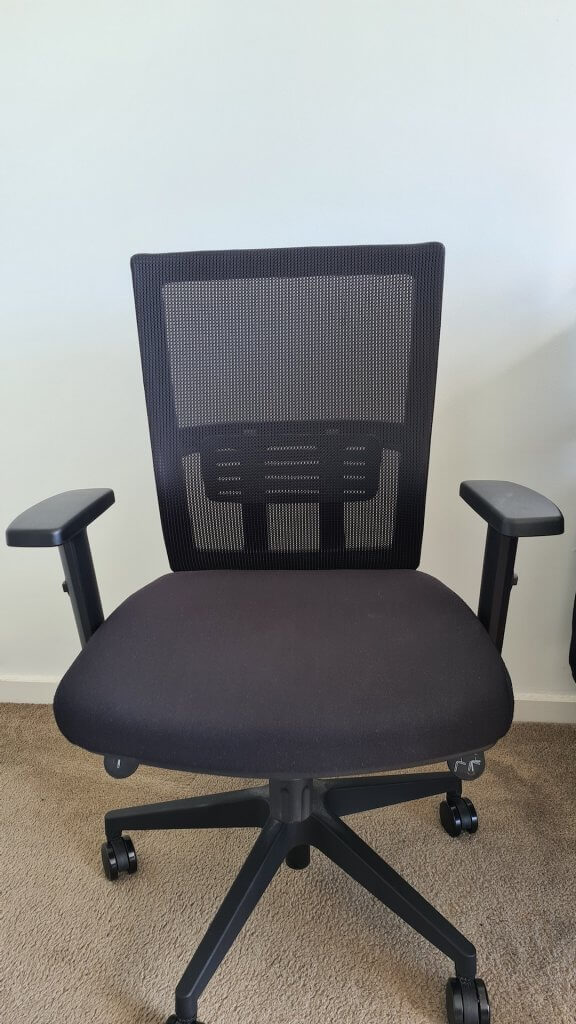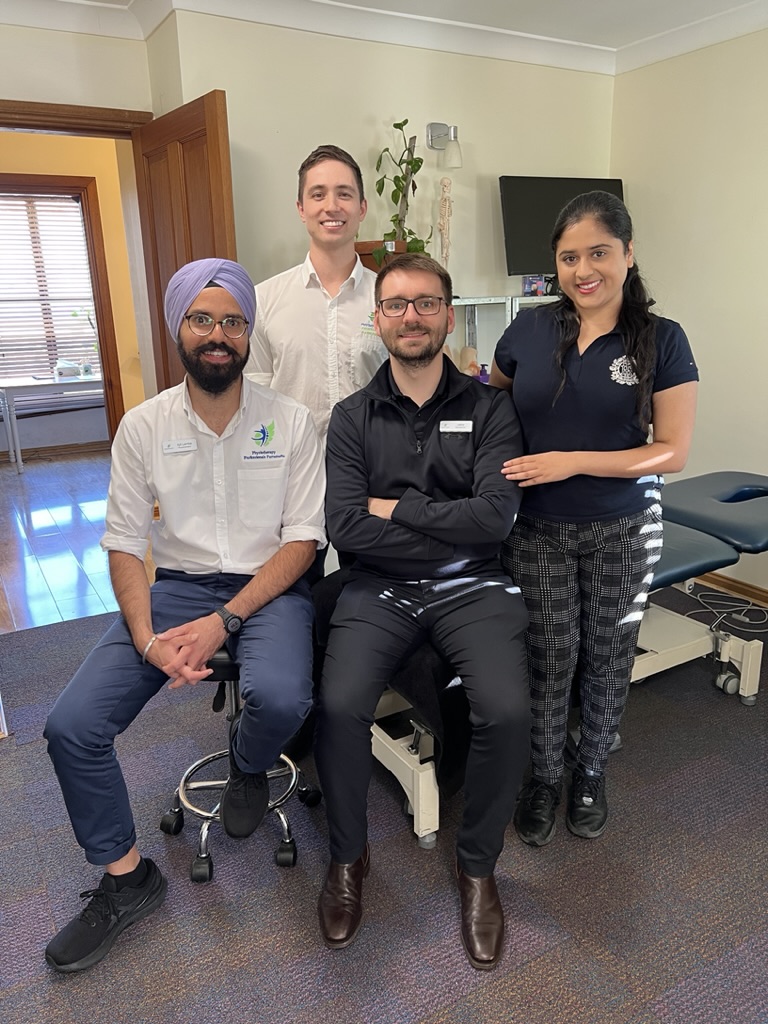Which ergonomic chair is the best and how do you pick the correct ergonomic chair?

What is an Ergonomic chair?
First of all, what is an ergonomic chair and how do you pick the correct ergonomic chair?
Any chair with these three adjustments is an ergonomic chair:
- Gas lift: Ability for the chair to go up and down
- This is standard on most office chairs these days
- Back rest adjustment: Ability to tilt back rest backwards and forwards
- This is also a fairly standard adjustment, but not all office chair have this option
- A dining chair certainly doesn’t have this option
- Unfortunately dining chairs and a dining table have become a go to table for a lot of work from home (WFH) professionals
- Pan adjustment: Ability to tilt the seat where your bottom rests
- This is not a standard adjustment in most chairs
- But an ergonomic chair must have this option
- It will make your life a lot easier when it comes to minimizing pain


Other factors to consider:
- Height of back rest
- If you are a shorter person, a tall back rest is not advisable
- Size of seat:
- For a shorter person, a smaller seat is advisible as it will allow you to sit back all the way into the chair
- Thickness of seat cushion
- Cheaper chairs normally have a thin cushion
- Which means your bottom will start to feel uncomfortable, even painful after a few hours of sitting
Here are some Physiotherapy workplace tips to help you keep you fit and healthy at work:
- When you take a break—take a proper one! Don’t surf the web or start using your phone or eat food while taking a break at your workstation
- Every couple of hours get up, take a short walk and stretch your legs.
- Take periodic ‘mini-breaks’ at your desk every twenty minutes or so – do some stretches to loosen your shoulder and neck muscles and shift position.
- If you work in an open plan office and need to speak to one of your colleagues, get up and walk over to their desk
Watch your posture:
- Sit close to your work station
- Keep the keyboard at a level that doesn’t require much reaching and isn’t too high or too low
- Keep your monitor at eye level
- Sit with your legs flexed at 90-degree angle with your feet resting comfortably
Physiotherapists can give you advice on:
- Lifting
- Workstation setup
- Manual handling
- Keep fit for work advice
- Advice tailored to your workplace needs
Contact us:
Contact us today on 0479 080 800 to make a booking. Alternatively you can email us on [email protected]. Our Physiotherapists are Medicare, NDIS and Work Cover approved, specializing in injury management and rehabilitation to get you back to full function.

Other Posts:
